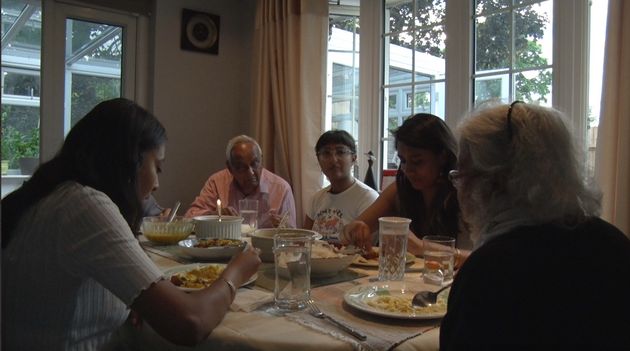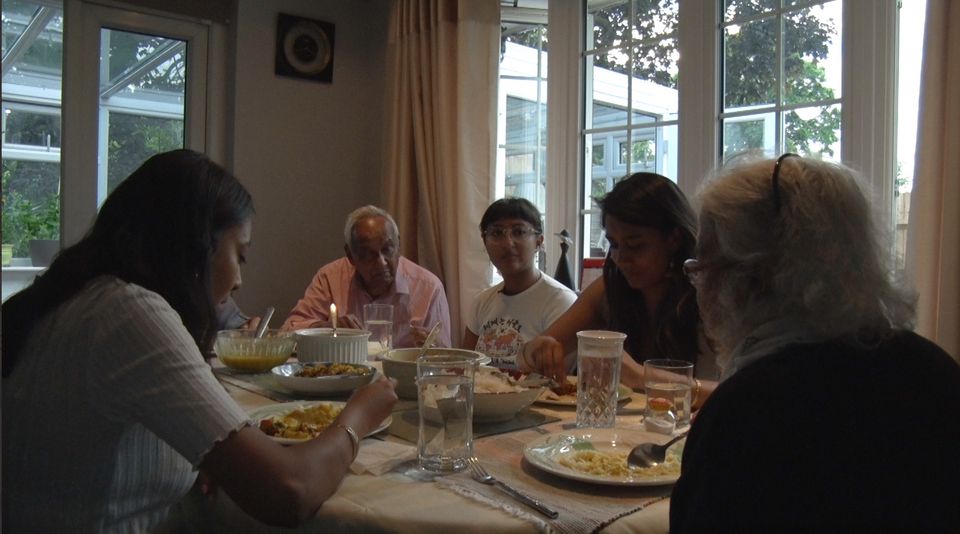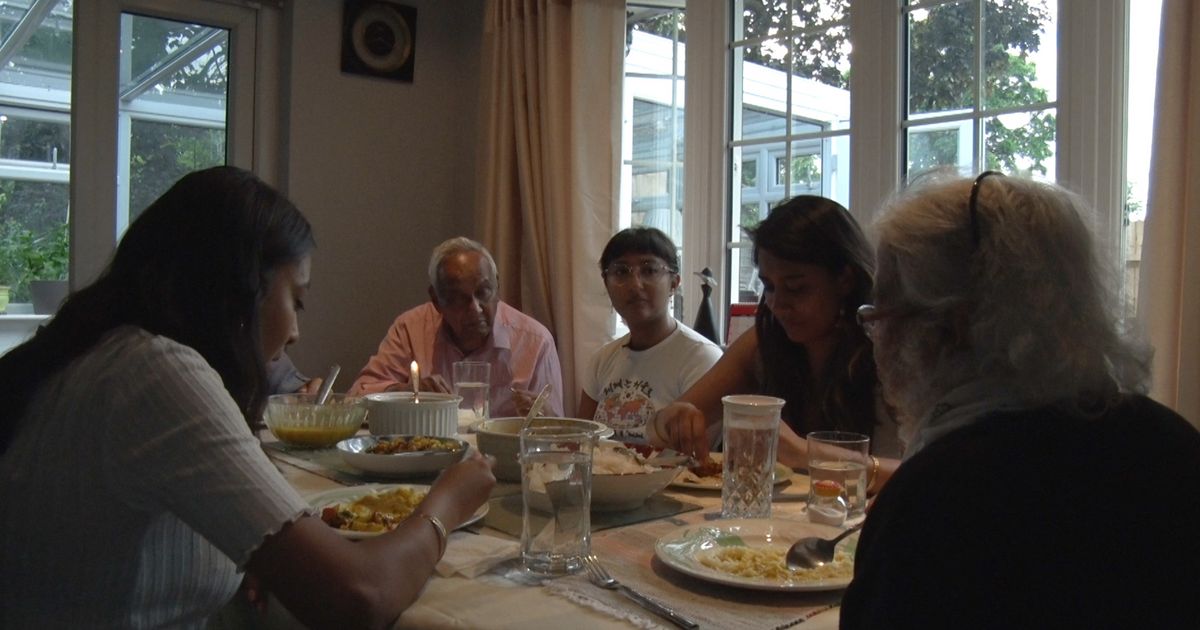Walking home from secondary school with my sister many years ago, I spotted a London bus plastered with a depressing advert, solemnly warning of the dangers of diabetes. “What’s the big deal?” I asked rhetorically. “Diabetes for an Asian person is a regular Tuesday.”
Though I was being facetious, I wasn’t wrong. South Asians do seem more susceptible to diabetic conditions. According to Diabetes.co.uk, the likelihood of developing type 2 diabetes is reported to be as much as six times higher in South Asians than in Europeans, with a number of factors – mostly linked to lifestyle – believed to be behind this increased risk.
Advertisement
But have we also considered the role history plays here? Is colonialism another overlooked factor that contributes to South Asian bodies? It’s well understood that people can inherit psychological trauma from previous generations but, for many racialised people, there can be physical consequences, too.
Think back to GSCE history. You may have learned the Indian subcontinent was subject to many famines, with some particularly severe ones occurring under British rule. For centuries, up until India gained independence in 1947, starvation plagued the nation, in part a byproduct of colonial times.
Advertisement
The East India Company’s raising of taxes, policy failures (including a “denial of rice”), resources being deployed to the military, and droughts that were met with British inaction, resulted in the deaths of millions. In 1943, West Bengal saw the worst of it all, a famine in which up to three million people died of malnutrition.
Yet, famines in the British era were not due to a lack of food, but due to the inequalities in the distribution of that food, Nobel Prize winning economist Amartya Sen argues, linking this inequality to what he describes as the fundamentally undemocratic nature of the British Empire.
Advertisement
You might wonder what’s all this got to do with South Asians now? Well, not only was the “great famine” in Bengal only 79 years ago (for some, a part of living memory), but when a group of people are exposed to starvation on this scale, it can affect subsequent generations.
Dr Mubin Syed, a 56-year-old radiologist from Ohio who also works in vascular and obesity medicine, recently went viral on TikTok and Instagram for making this crucial link.
As he explains in his video, South Asians have a tendency to generate and store fat and not burn it off, amassing low lean muscle mass. This, he points out, is because South Asians are “starvation-adapted”, due to having to survive at least 31 famines, especially during the 18th and 19th century.
Surviving just one famine doubles the risk of diabetes and obesity in the next generation, even without a famine, according to a study by Brown university. The risk of cardiovascular disease increases 2.7 times for their grandchildren.
Advertisement
Dr Syed, whose research in this area for the past five years led him to these conclusions, tells HuffPost UK: “Exposure to even one famine has a multi-generational effect of causing metabolic disorders including diabetes, hyperglycemia and cardiovascular diseases. Imagine having an exposure to at least 24 major famines in a 50-year period.”
And the problem carries through to the present.
“In the modern era of abundance, it becomes an evolutionary mismatch. Our adaptation to scarce food availability is no longer suitable for our environment of food abundance,” he says.
So, storing nutrients was an evolutionary response to famine, but now, where scarcity is no longer a problem for much of the modern, western world, it creates a conflict, heightening our risk of certain health conditions.
“South Asians have a unique physiology,” Dr Syed explains. “For instance, we have higher body fat percentage and lower lean muscle mass. We have a six times greater risk of developing diabetes, one of the highest rates of diabetes and pre-diabetes in the world, and a four times greater risk to have a heart attack before the age 50. Furthermore, one in three South Asians will die of heart disease before 65.”
While our genes, inherited from our ancestors, can explain some of these predispositions, diet is another contributor – though not in a straightforward way. “It’s a multifactorial perfect storm,” says Dr Syed. :Genetics is one issue, but of course, lifestyle is always important. But, South Asians have to exercise twice as much as Caucasians to get the same health benefits.”

Mubin Syed
It certainly feels like Indians, Bangladeshis, and Pakistanis, who once made up India, are still reeling from the effects of colonialism, mentally and physically.
My family are certainly still feeling its effects. Though my parents weren’t around when the Bengal famine took place, their generation is impacted; my dad is diabetic while my mum is prediabetic, and this leaves me in a precarious position, too.
Another concern for the community is a lack of awareness about how our past informs our future. This is why filmmaker Phelan Chatterjee, 26, set out to create a short documentary, Straining The Rice that captures the trauma endured by Bengali people, told through the lens of a grandmother, Nana (not his own).
The London-based producer laments how little people know of the famine and how it affects us today.
Advertisement
He tells HuffPost UK: “I had a lot of conversations with Asian friends and family in the UK. I found very little mention or memorialisation of the catastrophe, despite the enormous number of people who died, and its effects today.
“The sheer number of lives lost, the brutal way in which they perished and the helplessness of those demanding change at the time. It’s difficult to come to terms with the fact that it’s not a part of our national conversation in any meaningful way.”
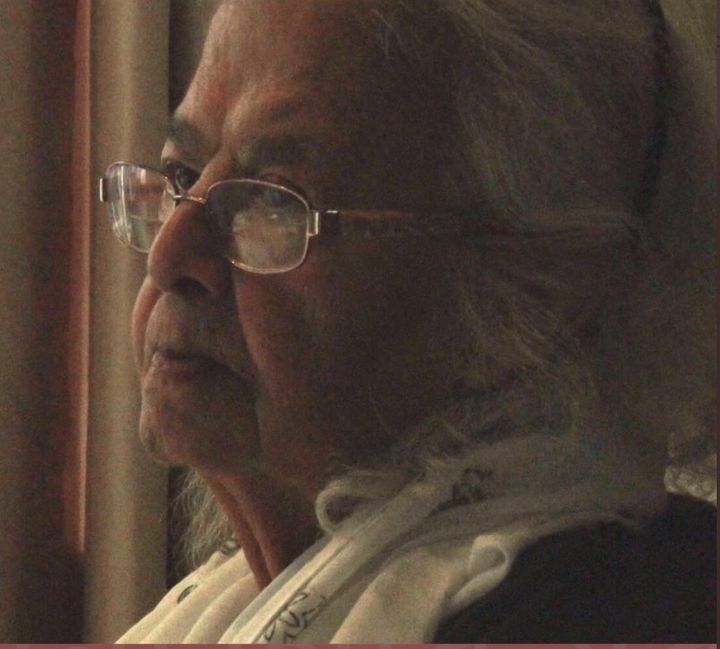
Phelan Chatterjee
Chatterjee questions those who say the famine was simply an environmental consequence, and asks why there’s no accountability for why such conditions were created.
“The protagonist of the film, an elderly Bengali woman says the famine sparked a great deal of protest against the colonial government of the day,” he says.
“This suggests there had always been a keen awareness of the links between policy choices and the famine. But frequently, I’ve experienced famines and similar events to be thought of as beyond human control.
“I wonder what a reappraisal of those policies might bring, and how that could inform the way we understand contemporary famines, global inequality – including health inequality – and climate change.”
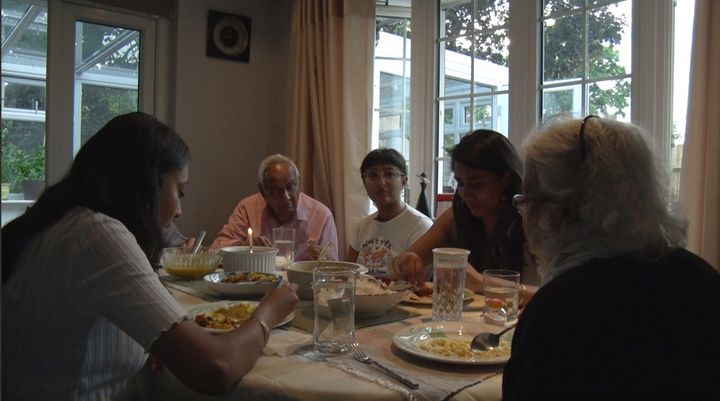
Phelan Chatterjee
If schools, for instance, taught students about these historical atrocities and their contemporary implications on us mentally and physically, we might have a better understanding of how to navigate our lives now. Healthcare research and responses might even cater better to our bodies, as a result.
But, despite the risks and impact of inequalities on South Asians today, Dr Syed says it doesn’t mean ill health is inevitable for us.
“It’s not a doom and gloom scenario,” he says. “The risks are avoidable, we just have to pay closer attention to diet, exercise/fitness, sleep, stress and other substances.” This means how much alcohol and tobacco we consume, says Dr Syed, and for South Asians who enjoy it, consumption of betel nut or supari.
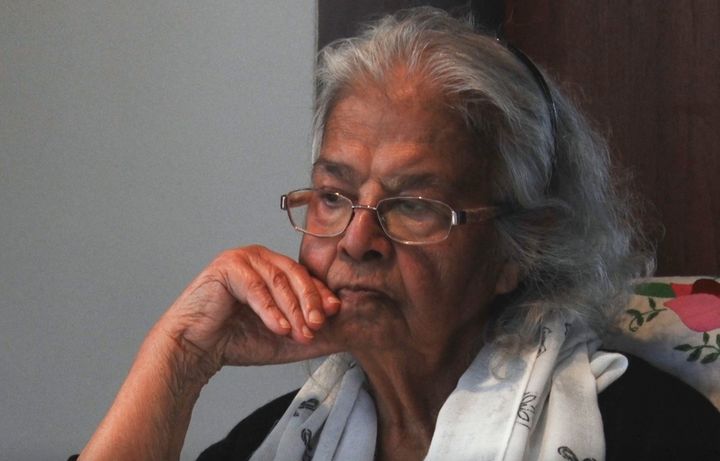
Phelan Chatterjee
“Even our dental health,” he adds. “The key thing is awareness, getting regular check-ups, including lipid profiles, is critical. Do not assume you are healthy, as normal height/weight BMIs are misleading for South Asians.”
Advertisement
Many South Asians in the West who are told “colonialism was a long time ago” and not to “dwell on the past” will struggle with all these conflicting messages. We certainly can’t nor should forget a history that still continues to impact us. And there are many who still remember the harshness of colonial times.
For those who came before us, as well as ourselves, it’s imperative we keep educated and informed of our past and how plays a crucial role in our future.

